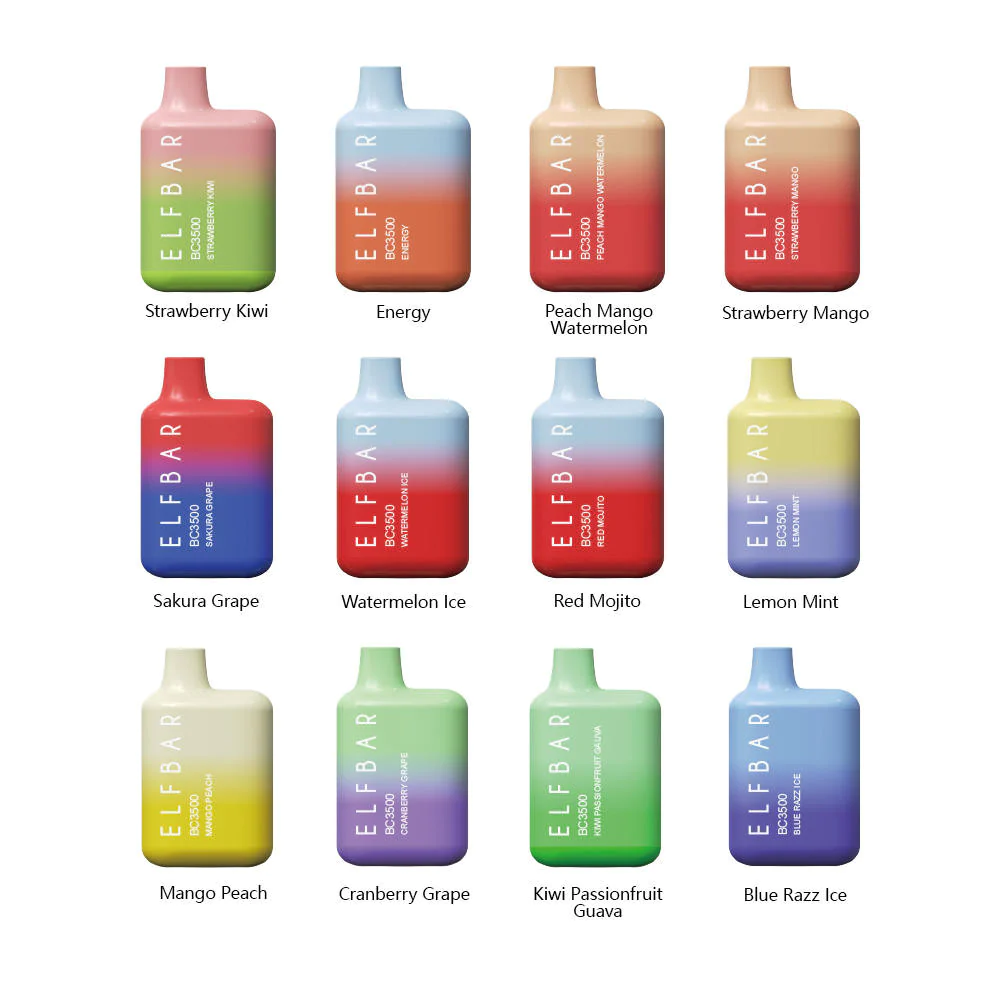In the world of vaping, myths and misconceptions abound, and Disposable vape users are often bombarded with misinformation about the safety, efficacy, and effects of vaping. It’s essential to separate fact from fiction and debunk these myths to ensure that disposable vape users have accurate information to make informed decisions about their vaping habits. In this article, we’ll tackle some common Disposable vape myths and provide evidence-based insights to set the record straight.
Myth 1: Vaping is Just as Harmful as Smoking
Fact: Numerous studies have shown that vaping is significantly less harmful than smoking traditional cigarettes. Public Health England and the Royal College of Physicians have both concluded that vaping is at least 95% less harmful than smoking. Unlike cigarettes, which produce harmful tar and thousands of toxic chemicals through combustion, vaping heats e-liquid to create vapor, which contains far fewer harmful substances. While vaping is not without risks, particularly for non-smokers and youth, it presents a much safer alternative for smokers looking to quit.
Myth 2: Vaping Leads to Popcorn Lung
Fact: The myth that vaping causes popcorn lung, or bronchiolitis obliterans, stems from a chemical called diacetyl, which was once used as a flavoring agent in some e-liquids. While diacetyl has been linked to popcorn lung when inhaled in large quantities, it is no longer used in e-liquids sold in reputable markets. The levels of diacetyl found in e-liquids are significantly lower than those found in cigarette smoke, making the risk of developing popcorn lung from vaping extremely low.
Myth 3: Secondhand Vapor is Harmful
Fact: Secondhand vapor is much less harmful than secondhand smoke from traditional cigarettes. Studies have shown that the levels of harmful chemicals in exhaled vapor are minimal and pose little to no risk to bystanders. Unlike cigarette smoke, which contains thousands of toxic chemicals and carcinogens, vapor from Disposable vapes dissipates quickly into the air, leaving behind no lingering odor or harmful residue. While some concerns have been raised about the potential health effects of long-term exposure to secondhand vapor, current evidence suggests that the risk is minimal compared to secondhand smoke.
Myth 4: Vaping is a Gateway to Smoking
Fact: The idea that vaping acts as a gateway to smoking among youth is a contentious and debated topic. While some studies have suggested a correlation between vaping and subsequent smoking initiation among adolescents, the evidence is not conclusive. Many factors contribute to youth experimentation with vaping, including curiosity, peer pressure, and the allure of flavored e-liquids. However, research has also shown that the vast majority of youth who vape do not transition to regular smoking. Moreover, vaping has been shown to be an effective smoking cessation tool for adult smokers.
Myth 5: All Disposable vapes Are the Same
Fact: Disposable vapes come in a wide variety of shapes, sizes, and designs, each offering different features, functionalities, and performance characteristics. From basic cig-a-like devices to advanced box mods with customizable settings, there is a Disposable vape to suit every preference and vaping style. Factors such as battery life, wattage range, coil compatibility, and temperature control capabilities vary between Disposable vapes, making it essential for users to research and choose a device that meets their specific needs and preferences.
Conclusion
By debunking these common Disposable vape myths and separating fact from fiction, we can help Disposable vape users make informed decisions about their vaping habits. Understanding the relative safety of vaping compared to smoking, dispelling misconceptions about harmful chemicals, addressing concerns about secondhand vapor, and recognizing the diversity of Disposable vapes available on the market are essential steps in promoting responsible vaping practices. By arming Disposable vape users with accurate information, we can empower them to make choices that prioritize their health and well-being.



